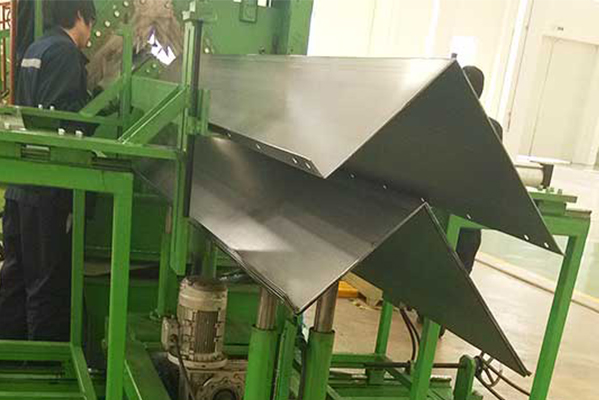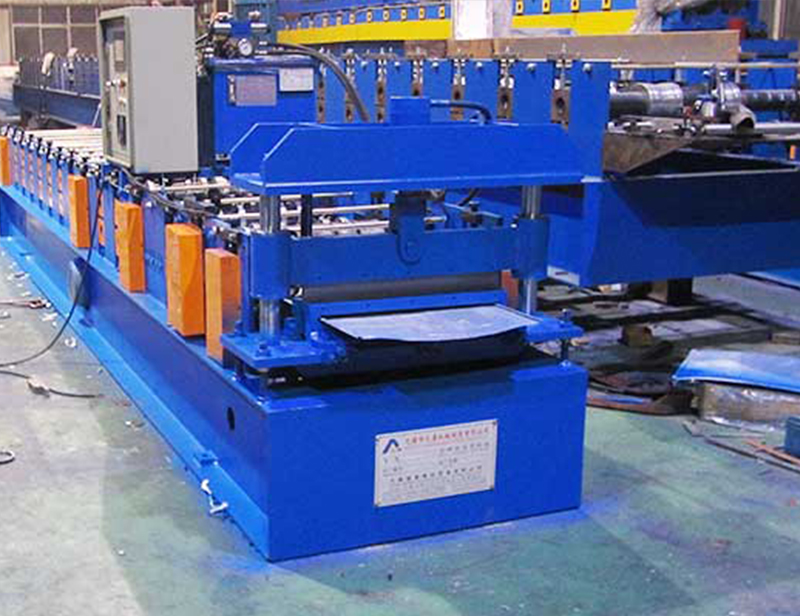Navigation Menu
Contact Us
- Email:
- info@wxavatar.com
- Address:
- Yurong Village, Yuqi Street, Huishan District, Wuxi, China.
Release Date:Jul 07, 2025 Visit:42 Source:Roll Forming Machine Factory
In recent years, the use of steel silo roll forming machines has gained increasing attention within the grain storage industry. These machines play a vital role in the production of high-quality steel silo components, offering consistent results and operational efficiency. But what are the underlying factors driving their growing adoption in grain storage projects?

1. Demand for Efficient On-Site Construction
One of the key drivers is the industry’s pursuit of faster and more streamlined construction processes. Traditional methods of silo construction can be labor-intensive and time-consuming. Steel silo roll forming machines enable the on-site production of corrugated silo panels, significantly reducing transportation costs and assembly time. This level of efficiency is particularly appealing for large-scale grain storage facilities, where downtime can lead to storage delays and operational bottlenecks.
2. Need for Customization and Flexibility
Grain storage requirements often vary by region, crop type, and storage volume. Steel silo roll forming machines offer a high degree of customization in terms of panel profile, thickness, and material type. This flexibility allows silo manufacturers and contractors to tailor designs that meet specific project requirements. As a result, project stakeholders can optimize storage capacity, site footprint, and construction budgets without compromising structural integrity.
3. Enhanced Structural Performance of Corrugated Panels
The structural strength of corrugated steel panels is a critical factor in ensuring long-term silo performance. Roll forming machines are capable of producing panels with consistent quality, uniformity, and precision. The resulting products are more reliable in handling external pressures such as wind load, internal grain weight, and thermal expansion. This consistency helps to enhance the safety and durability of the storage units, which is essential in regions where weather variability can pose risks to grain storage.
4. Rising Investment in Agricultural Infrastructure
Another influential factor is the steady growth in agricultural infrastructure development. Governments and private enterprises are investing in grain storage and supply chain efficiency to reduce post-harvest losses and ensure year-round food availability. These investments often prioritize modern equipment that enhances productivity and reliability, making steel silo roll forming machines a preferred choice.
5. Cost Optimization Over the Long Term
While the initial investment in roll forming machinery may be significant, the long-term cost benefits are notable. Automated production lines reduce dependence on manual labor and minimize material wastage. Furthermore, these machines support mass production without compromising quality, leading to lower per-unit costs. For companies involved in multiple or recurring silo projects, this translates into substantial cost savings over time.
6. Adoption of Automation in Silo Manufacturing
The move toward automation in manufacturing is another key trend influencing the adoption of roll forming machines. Modern systems integrate with digital controls, allowing operators to manage settings with precision and monitor output in real time. This improves overall productivity and helps maintain consistent production standards across batches, which is essential for meeting quality compliance in industrial grain storage.

Conclusion
The adoption of steel silo roll forming machines in grain storage projects is driven by a combination of practical, economic, and operational factors. From accelerating construction timelines to enabling customized designs and improving structural reliability, these machines offer a range of benefits that align with the evolving demands of the grain storage sector. As agricultural operations continue to scale, the role of advanced forming technology is expected to become even more prominent in shaping the future of grain storage infrastructure.